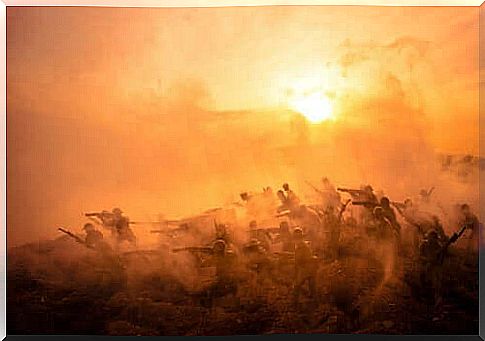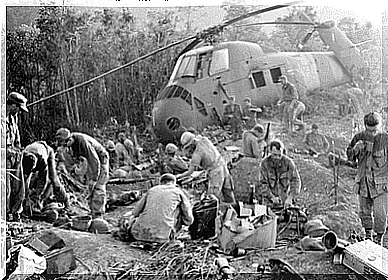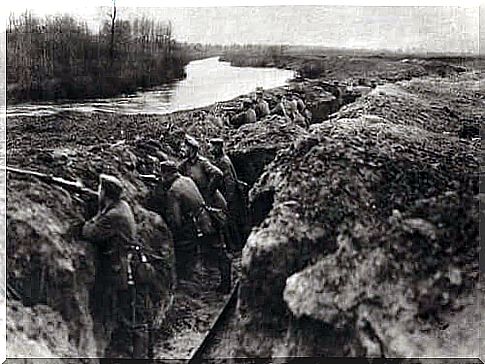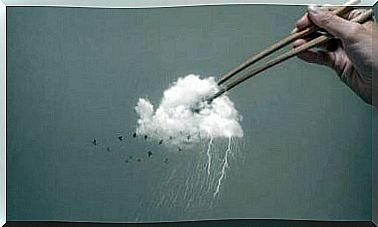What Is A Rebellion Really? We Sort Out The Concept!

Many people are confused when it comes to the term “rebellion”. For example, is the Islamic State (IS) a rebel group or a terrorist group?
It is not an easy question to answer due to all the changes that this group has undergone over the years, although it is of course classified as a terrorist group today.
To be able to call something “rebellion”, you must first know exactly what it means.
It may be worth listing some groups that some experts have considered insurgent before we talk about the definition. Some of the most famous names in this category are the Islamic State, Al Qaeda and the Boko Haram group.
Others are the FARC, the Taliban, Hezbollah, Hamas, ETA and the IRA. Although some of these have fallen, experts have regarded them all as rebel groups at one point or another in history.

The definition of rebellion
Finding a simple and accurate definition of rebellion is not entirely easy. However, we can highlight certain points that are common denominators in the various definitions that the word has.
Basically, you can say that a “rebellion” is a measure taken by a minority group in a state to force political change. So one can at least say that an uprising has certain political goals.
Furthermore, these insurgents use propaganda or military pressure to persuade or intimidate a population.
Their goal is to attract public support. Therefore, their recognition and acceptance of the population is largely crucial to their success or failure.
Finally, an uprising also has the hallmark of inequality when it comes to forces.
Given that the state tends to have much more power, insurgent groups prefer asymmetric and protracted clashes with government power. Therefore, psychological warfare tends to be their primary tool.
How people start and consolidate an uprising
In order for an uprising to take place, the following factors must be present:
- A politically relevant identity. The rebels must make their identity stand out. In fact, it must be so strong that people must be willing to fight to defend it.
- A strong goal. There must be something wrong that the majority of the population needs to be interested in correcting.
- Public support. If the rebels can achieve the above factors, they are more likely to receive this support as well.
- Strong leadership. Leadership provides a group with cohesion, coordination and credibility.
- More power than competing groups. Being stronger than the other groups or even just being able to cooperate with them can be a decisive factor in whether the uprising gains traction or not.
- A haven. A sanctuary or hiding place can ensure the survival of the uprising.
- The ability to secure external support. Support from external states can be important.
- The ability to discern mistakes that political authorities can make. A bad move by the state can give a group more support from the population for the uprising.
Classification of insurgency
In general, experts divide uprisings into one of two groups: national uprisings or those seeking freedom. In national uprisings, the rebels oppose a certain government for ideological, ethnic, economic or other reasons.
In liberation revolts, on the other hand, they face a regime that is supported or controlled by foreign influences.
Apart from this, there are other possible classifications. Some people also classify them according to their goals.
You can divide the goal-based classification of rebellion into three types:
- Power and political control. Groups with these goals are trying to take control of the state to get a new government.
- Political power and territory. In this case, the groups try to oust a foreign occupier, or in other words gain national independence.
- Local autonomy for a group or tribe to maintain or gain freedom from state control. These groups are trying to undermine the governing authority of a state that has partially or completely failed. Their ultimate goal is to eventually take control of the state.

The five pillars of rebellion
Rebel groups can use five strategic instruments to achieve their goals. The list is as follows: armed struggle, propaganda, social support, social and political activism and the promotion of external relations.
- Armed struggle. The use of force is common in rebellion. The tactics they use most are guerrilla warfare and, in a supportive role, terrorism.
- Propaganda. By using propaganda , rebel groups are trying to win the hearts of the people. They target both the domestic and international population with this tactic.
- Social support. Social support aims to gather support from the population and mobilize the people.
- Social and political activism. They create or infiltrate civic associations, trade unions and perhaps even political parties.
- External relations. Support from the international community is a great advantage. Many insurgents are trying to secure it.
As you may be able to discern from this overview, rebellion in many ways is similar to other violent groups that use terrorism and guerrilla warfare. It is not easy to distinguish them from each other.
Yet it is clear to see the factors that pave the way for them as well as the factors that lead to their success.









